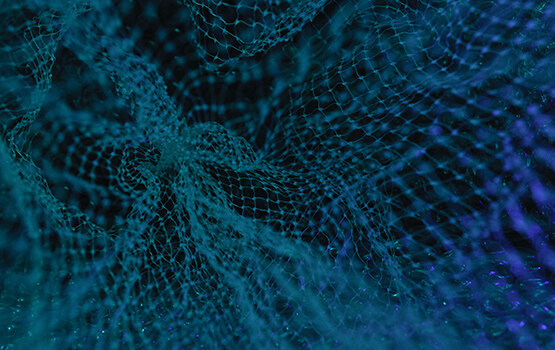- An international research team involving Monash University has uncovered a new method to analyse signals in the brain to assess how we control our everyday behaviours.
- The PSID algorithm can unlock the potential to decode brain signals and allow patients to control therapeutic devices with their minds.
- The analysis of neural dynamics explores linking behaviours like moving your arms and grasping items, speech and language, to internal workings of the brain.
An international research team has uncovered a new method that can analyse signals in the brain to assess how we control our everyday behaviours.


Researchers from Monash University, the University of Southern California and New York University created a new ‘preferential subspace identification’ (PSID) algorithm that can extract behaviourally-relevant dynamics from brain signals by learning relationships between brain signals and observed behaviours.
A central challenge in understanding how the brain works is finding a link between the dynamics of our brain activity and behaviours it controls, such as moving your arm and using fingers to grasp items.
Research co-author Dr Yan Wong from Monash University’s Department of Electrical and Computer Systems Engineering, and the Monash Biomedicine Discovery Institute, said, in the future, this algorithm will unlock the potential to decode brain signals and allow patients to control therapeutic devices with their minds.
The study, led by Assistant Professor Maryam Shanechi at the University of Southern California, was published today in Nature Neuroscience.
“Modelling neural dynamics is essential to investigate or decode behaviourally-measurable brain functions, such as movement planning, initiation and execution; speech and language; mood; decision-making; as well as neurological dysfunctions like movement tremors. We can also use this to measure internal states of the brain, such as thirst or hunger,” Dr Wong said.
“In the future, we can use this algorithm to help improve the performance of brain machine interfaces for quadriplegics, as an example.
“If we can better understand how the brain represents complex behaviours like reaching then we can build better algorithms to extract information from the brain.”
The research team applied PSID to neural activity in two subjects performing 3D reach-and-grasps, and uncovered new features for neural dynamics.
Findings showed that PSID revealed behaviourally relevant dynamics to be significantly lower-dimensional than otherwise implied. The algorithm also discovered distinct rotational dynamics that were more predictive of behaviour, and it more accurately learned the behaviourally relevant dynamics for each joint and recording channel.
According to Dr Wong, these findings showed promise for the monitoring and assessing of brain patterns in people with quadriplegia and neurological diseases, and could foreshadow clinical advances in neuroscience.
“As opposed to neural dynamic modelling (NDM), our method combines neural activity and behaviour to identify a subspace between the two and project, through learning, the extent of the likely behavioural outcome,” Dr Wong said.
“Compared with NDM, we found PSID more accurately learned behaviourally relevant neural dynamics for almost 27 arm and finger joint angles, for 3D end-point kinematics, and for almost all individual channels across the multi-regional recordings.”
Assistant Professor Maryam Shanechi (University of Southern California) led the research team, with support from Dr Yan Wong (Monash University, New York University), and Omid Sani and Hamidreza Abbaspourazad (University of Southern California).
To download a copy of the research paper titled ‘Modelling behaviourally relevant neural dynamics enabled by preferential subspace identification (PSID), please visit www.doi.org/10.1038/s41593-020-00733-0.






































